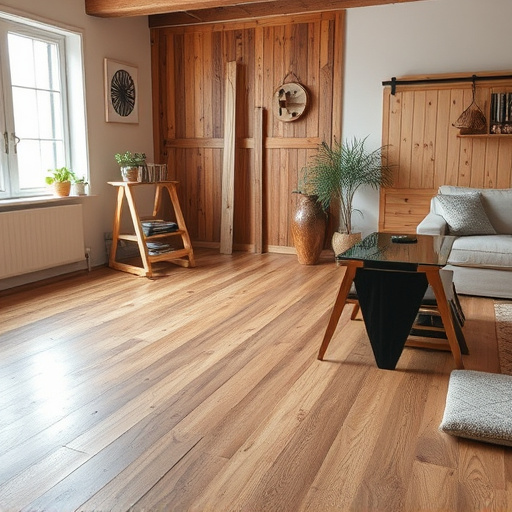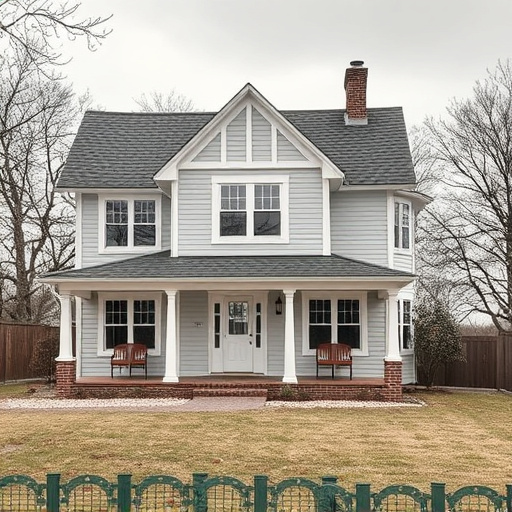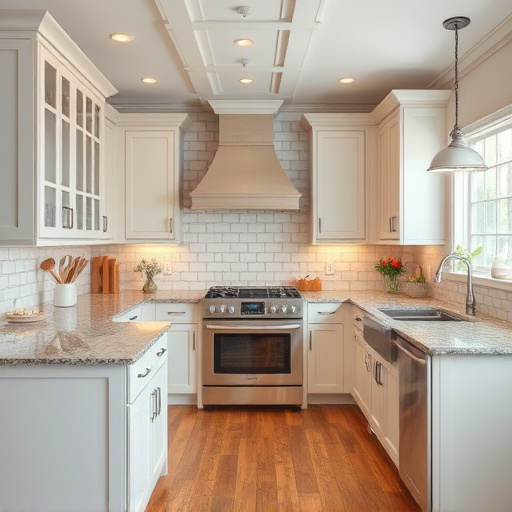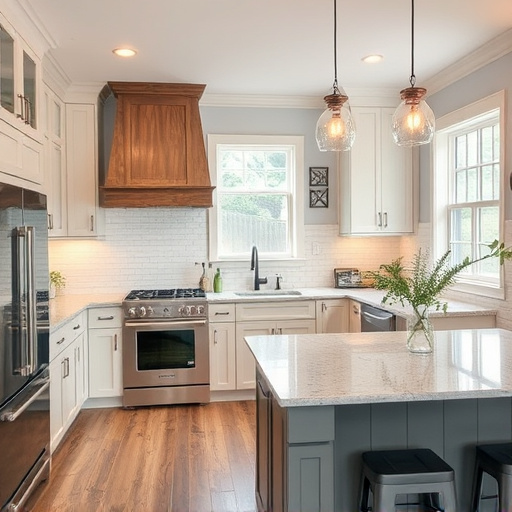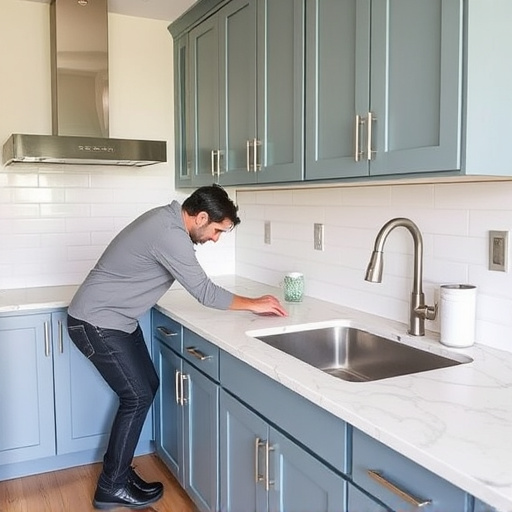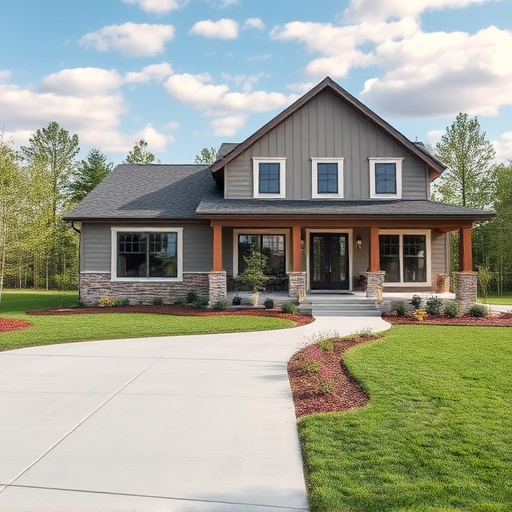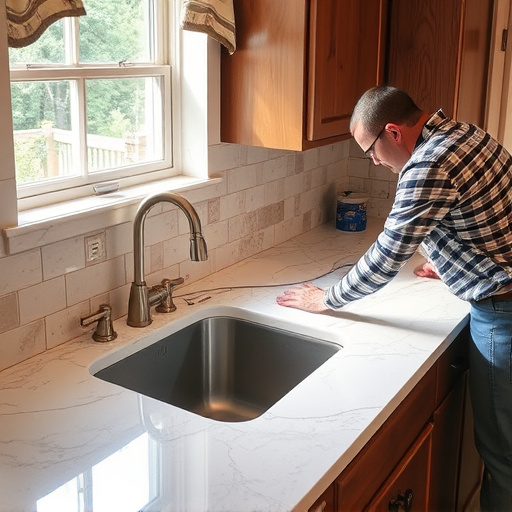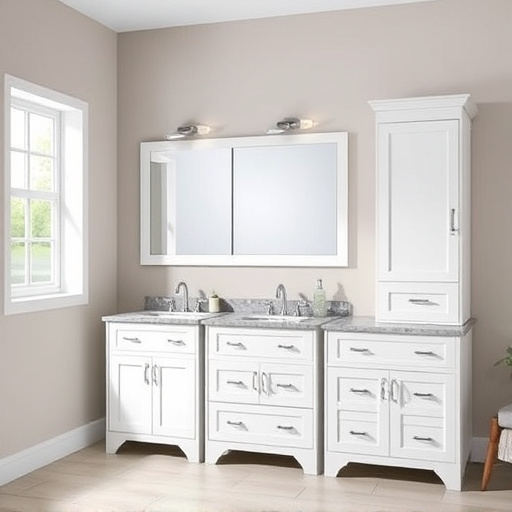Texture is a key element in interior decorating that enhances spaces and engages the senses. By mixing various textures—from smooth to rough, natural to synthetic—designers create depth and visual interest, balancing soft fabrics with rugged surfaces for stylish harmony. This technique adds dimension and appeal, transforming rooms through contrasting perceptions of texture, like in bathroom or kitchen remodels. Effective texture combination is vital for cohesive design, enabling personalization while enhancing overall aesthetics in residential renovations.
Discover the art of transforming spaces with diverse textures in interior decorating. In this guide, we explore how mixing textures can elevate your design from ordinary to extraordinary. From understanding the fundamentals of texture to mastering balanced combinations, learn to create depth and dimension in any room. Incorporate various fabrics, finishes, and materials to craft a unique, harmonious interior that reflects your personal style.
- Understanding Texture: The Basics of Interior Decorating
- Incorporating Diverse Textures for Dimension and Depth
- Balancing Act: Combining Textures for Stylish Harmony
Understanding Texture: The Basics of Interior Decorating
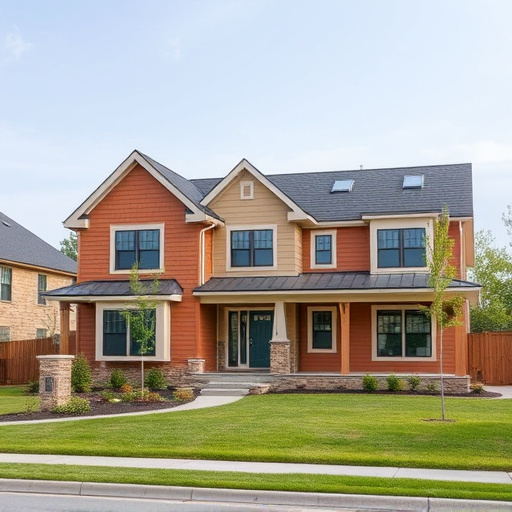
Texture is an essential element in interior decorating, adding depth and visual interest to any space. Understanding how to effectively mix textures can transform a mundane room into a vibrant and inviting atmosphere. The basics involve recognizing different types of textures—from smooth glass and polished wood to rugged bricks and plush fabrics—and how they interact with light and shadow. Each texture has its unique characteristics, such as roughness or smoothness, hardness or softness, and warmth or coolness.
In the context of residential renovations, especially multiple room remodels, balancing textures is key to creating a cohesive design. For instance, pairing a sleek marble countertop with a woven rug can bring together modern and natural elements. Similarly, combining a velvet upholstered chair with a rough-hewn wooden coffee table creates contrast yet harmony in a bathroom renovation or any living space. Playing with textures allows for personalization, catering to individual styles while enhancing the overall aesthetics of the interior decorating project.
Incorporating Diverse Textures for Dimension and Depth
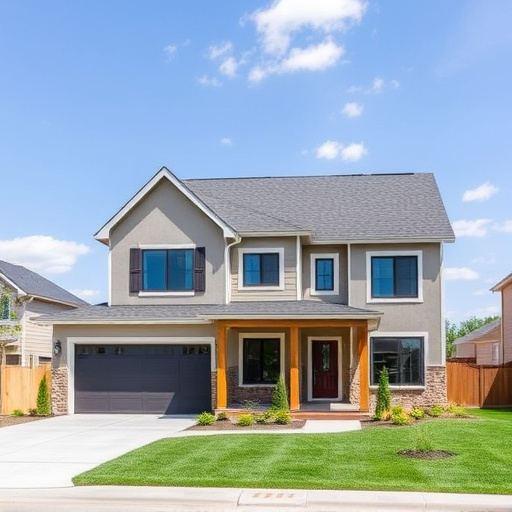
Incorporating diverse textures into your interior decorating designs is a powerful way to add dimension and depth to any space. This simple yet effective strategy can transform a bland room into an engaging, visually appealing environment. By layering different materials—such as soft fabrics, rough stone, or sleek metal—you create interest and variety that engage the senses. For example, a cozy wool rug paired with leather furniture or a silk curtain draped over a wooden frame instantly elevates the ambiance, offering both aesthetic pleasure and tactile contrast.
In the realm of interior decorating, this technique is particularly impactful in whole house remodels or bathroom renovations, where textures can dramatically alter perceptions of space. For instance, adding textured wall coverings like wallpapers with intricate patterns or three-dimensional wall art can make a room feel more substantial and inviting. Similarly, incorporating natural elements like bamboo flooring or stone backsplashes brings a sense of warmth and depth, enhancing the overall design appeal and making renovation services more than just practical updates—they become artistic statements that transform spaces into harmonious blends of style and functionality.
Balancing Act: Combining Textures for Stylish Harmony

In interior decorating, mastering the art of combining textures is a key to achieving stylish harmony. Textures play a crucial role in adding depth and dimension to any space, whether it’s a living room, kitchen remodel, or home additions. The balancing act involves selecting a mix of tactile elements that complement each other without creating visual chaos. For instance, pairing soft fabrics like velvet couch cushions with rougher surfaces like wooden floor replacements can create an intriguing contrast. This combination not only enhances the aesthetic appeal but also offers a diverse sensory experience for occupants.
When mixing textures, consider both visual and physical characteristics. Match patterns and colors to avoid clashing, while contrasting textures can add interest. For a cozy yet sophisticated look, combine plush rugs with natural materials like bamboo or jute. This approach ensures that each element in the interior decorating design contributes to a cohesive whole, making the space inviting and unique. Whether you’re planning a floor replacements project or a kitchen remodel, understanding how textures interact is essential for creating harmonious and visually appealing interiors.
Mixing textures in interior decorating is an art that can transform a space from ordinary to extraordinary. By understanding the basics of texture, incorporating diverse elements, and balancing combinations, you can create depth, dimension, and harmony in any room. Whether enhancing a vibrant living area or fostering a calm bedroom environment, mastering this skill allows for unique design expressions that resonate with folks navigating today’s interior landscape. So, take a dive into these strategies to revolutionize your interior decorating game and witness the indelible metamorphosis.
